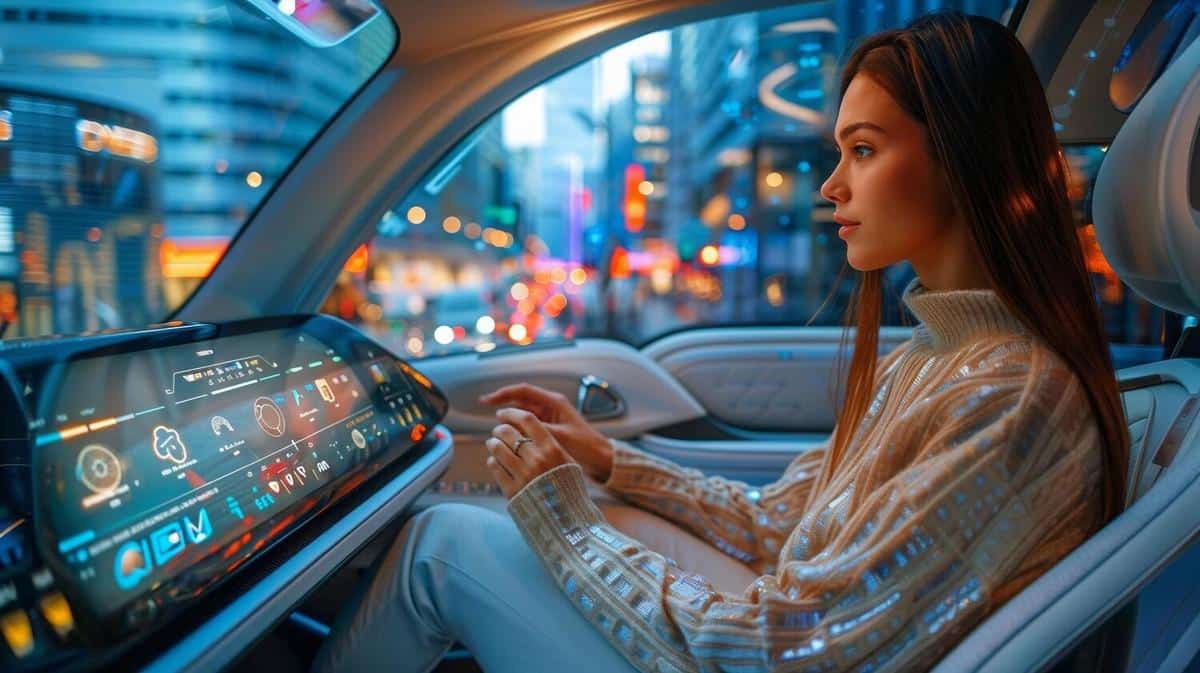
Future Trends in Automotive Interiors for 2025 and Beyond
As the automotive industry accelerates towards a future shaped by innovation and sustainability, the interiors of vehicles are undergoing a transformative evolution. With an eye towards 2025 and beyond, automotive interiors are set to become more than just a comfortable space; they are evolving into a hub of technology, style, and environmental consciousness.
Revolutionizing Comfort and Functionality
Automotive interiors are no longer just about plush seating and sleek dashboards. According to automotive design expert Michael Thompson, “The future of car interiors lies in creating a seamless blend of comfort, functionality, and digital integration.” This involves the use of smart materials that adapt to passengers’ needs, such as seats that adjust automatically based on body type and posture.
Statistics Highlighting the Trend
A recent survey by Automotive News indicated that 67% of consumers are interested in vehicles with enhanced interior technology that offers a more personalized user experience. This demand is driving manufacturers to invest heavily in research and development.
Innovative Use of Space
With the rise of electric vehicles (EVs), the absence of a traditional engine allows for more creative use of interior space. For example, the flat floor designs in EVs provide more room for innovative seating arrangements and storage solutions.
| Feature | Traditional Cars | Future Cars |
|---|---|---|
| Seating | Fixed position | Flexible, rotating |
| Dashboard | Static controls | Dynamic displays |
| Infotainment | Basic systems | AI-integrated platforms |
| Climate Control | Manual | Smart climate zones |
| Storage | Limited | Optimized spaces |
| Lighting | Standard | Ambient, mood-based |
| Materials | Conventional | Sustainable, smart |
| Connectivity | Minimal | Fully connected |
Eco-Friendly Materials
As sustainability becomes a priority, there’s a notable shift towards eco-friendly materials. Companies are exploring options like recycled plastics, organic fibers, and even lab-grown leather to reduce environmental impact without compromising on luxury.
Consider opting for vehicles that highlight their use of sustainable materials and energy-efficient technologies, as they often offer long-term savings and are kinder to the environment.
Embracing Smart Technology
Future automotive interiors will be heavily influenced by smart technology. Imagine a car that recognizes your preferences, sets the ambient lighting to your mood, and adjusts the temperature to your liking—all without a single button press. This level of personalization is made possible by advancements in artificial intelligence and machine learning.
FAQs
Frequently Asked Questions
What are smart materials in car interiors?
Smart materials are those that can change properties in response to environmental conditions, enhancing comfort and functionality.
How will AI impact car interiors?
AI will enable personalized experiences by learning user preferences and automating various interior settings for comfort and convenience.
Conclusion
The future of automotive interiors is a fascinating blend of technology, comfort, and sustainability. As we look towards 2025 and beyond, embracing these trends will not only enhance the driving experience but also contribute to a more sustainable and connected world. For those interested in staying ahead of the curve, keeping an eye on innovations in interior design is key. Whether it’s through selecting vehicles with cutting-edge features or simply staying informed, the journey towards the future of automotive interiors promises to be an exciting one.


